5 Concrete Structure Defects [Causes & Prevention & Repair]
The defects in concrete structures affects not only the sense of view but also the use function, structural performance and service life of the project. Therefore, effective prevention and control must be carried out.
These defects can be due to various reasons or causes. In this article, you’ll learn 5 common defects of concrete structures, analyses the prevention methods are explained for reference.
5 Concrete Structure Defects [Causes & Prevention & Repair](PDF DOWNLOAD)
1. Honeycomb
Honeycomb is mainly manifested by local loosening of concrete, less mortar, more gravel, and voids between gravel, forming honeycomb-like holes.

Causes of Honeycomb
- The small slump of concrete, improper mix ratio or inaccurate measurement of raw materials result in less mortar, more stones and insufficient vibration time or vibration leakage.
- Poor homogeneity and insufficient mixing of concrete.
- Framework leakage.
- Free dumping height exceeding the stipulation, concrete segregation, stones piled up.
- The vibration time is insufficient and the bubbles are not eliminated.
How To Prevent Honeycomb
- Concrete mixing ratio and measurement should be strictly, inspection regularly.
- Concrete mixing should be full and even.
- Chutes should be used when the feeding height > 2m.
- Layered feeding, layered tamping and preventing vibration missing.
- Blocking the formwork gaps and check the leakage of grouting during pouring.
How To Repair Honeycomb
- For minor honeycombs, wash and repair with 1:2 cement mortar.
- Larger honeycombs, chiseled away weak and loose particles, washed and molded, carefully tampered with high-strength fine stone concrete.
- Deep honeycombs can be grouted with cement after burying grouting pipes and exhaust pipes, plastering the surface with mortar.
2. Pitting
Pitting is caused by incomplete air removal after concrete pouring or by leakage of concrete grout. The surface of concrete is not smooth and uneven, and there are holes in it. There are numerous holes on the surface of structural components and there is no exposure of reinforcing steels.
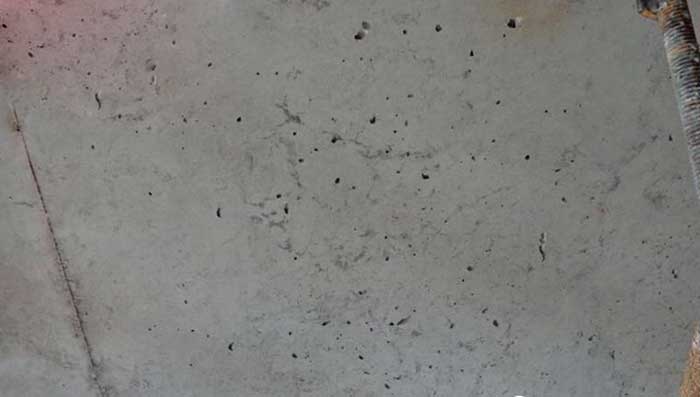
Causes of Pitting
- The surface of the formwork is rough or adheres to debris, and the concrete surface is damaged when the formwork is removed.
- The formwork is not watered or watered enough, and concrete loose too much water, form pits.
- Formwork isolation reagent is unevenly painted, and the surface of concrete bonds with the formwork, resulting in pitting.
- There are gaps between the formworks.
- The concrete is loosed, and the bubbles are stop on the surface of the formwork to form pits.
How To Prevent Pitting
- Clean the surface of the formworks.
- Formwork joints should be fully watered before grouting concrete.
- Formwork isolation reagents should be painted evenly.
- Formwork joints should be sealed by packing paper or putty.
- Vibro-compaction of concrete, full discharge of air bubbles.
How To Repair Pitting
- Prepareing concrete with original concrete mixing ratio, repairing the pitting after the pitting is well watered. If whitewash walls, don’t do anythings.
3. Holes
Holes refer to the concrete structure with large internal voids, no concrete or honeycomb in part is particularly large, and the reinforcement is partly or completely exposed.

Causes of Holes
- Where the reinforcement is densely or the reserved holes and buried parts are located, the concrete grouting is not smooth, and the concrete not be compacted by vibration.
- Concrete segregation, mortar separation, stones piled up, serious slurry running.
- The concrete is blocked by tools, blocks, mud and other debris.
How To Prevent Holes
- Use high-strength fine stone concrete in steel bar dense areas, conscientiously layered tamping or with manual tamping.
- If reserved holes, should feeding from both sides at the same time.
- Remove debris from concrete in time.
How To Repair Holes
- Remove loose concrete and soft grouting mould around the hole and grout it with 8% expansion agent mixed with high strength fine stone concrete after full watering.
- Concrete surface treatment, remove floating stones, check whether the concrete surface is dense after chipping, and then coat a layer of cement mortar on the interface between new and old concrete.
- When the depth of repaired wall is more than 5cm, formwork shall be erected.
- Check the concrete strength of the repairing wall. A higher grade concrete mixed with expansion reagent is used to repair the holes.
- After 12 hours of repairing, watered the parts, and the curing time > 5 days.
4. Exposed Steel Reinforcement
In the process of concrete grouting, the vibration is not in place, the protective cushion is not set or fixed firmly, the concrete slump is small, the demolition of formwork is too early, the external force is destroyed before hardening, and the steel bars are exposed after concrete forming.
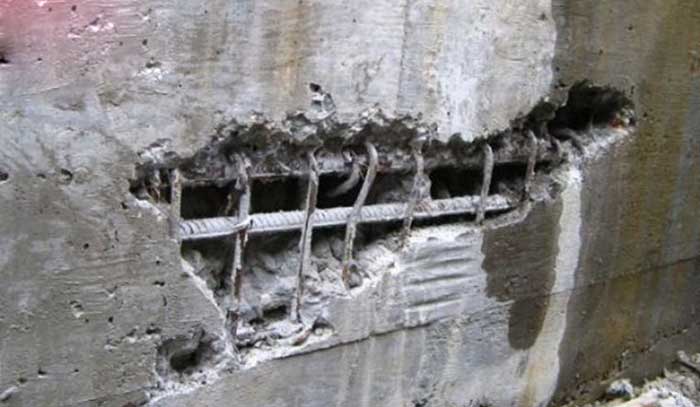
Causes of Exposed Steel Reinforcement
- Displacement of reinforced protective cushion block or too little or leakage of cushion block during concrete grouting.
- Small cross-section of structural members, too dense reinforcing bars, cement mortar can not be filled around reinforcing bars.
- Improper mixing ratio of concrete results in break-off.
- The concrete cover is too small
- Formwork isn’t watered well, bonding or remove prematurely.
How To Prevent Exposed Steel Reinforcement
- The position of reinforcing bar and the thickness of protective layer should be ensured correctly when grouting.
- Guarantee the accuracy and workability of concrete mixing ratio.
- Formwork should be fully watered and carefully sealed.
- Avoid trampling steel bar, remove formworks correctly.
How To Repair Exposed Steel Reinforcement
- After cleaning, 1:2 cement mortar is applied on the surface. If the exposed steel reinforcement part is deep, the interface should be treated well and compacted with high-grade fine stone concrete.
5. Cracking
Concrete cracks are the physical structural changes caused by the internal and external factors of the concrete structure, and the cracks are the main reason for the reduction of the bearing capacity, durability and waterproof of the concrete structure.

Causes of Cracking
- The water cement ratio is too large, the surface produces air holes and cracks.
- Excessive cement consumption leads to shrinkage cracks.
- Poor or untimely curing, surface dehydration, shrinkage cracks.
- The slump is too big, the grouting is too high and too thick.
- The steel protective layer is too thin and cracks along the reinforcement.
How To Prevent Cracking
- Curing begins 6 hours after concrete is grouted, and the curing age is 7 days.
- Vibrating and compacting without segregation, plastering the surface twice to reduce the shrinkage.
How To Repair Cracking
- For fine cracks, pour pure cement slurry into the cracks, embedding, covering and curing, clean the cracks, brush epoxy cement twice after drying or paste epoxy glass cloth to seal the surface.
- For deep or penetrating cracks, epoxy resin grouting is applied and epoxy cement is applied to seal the surface.
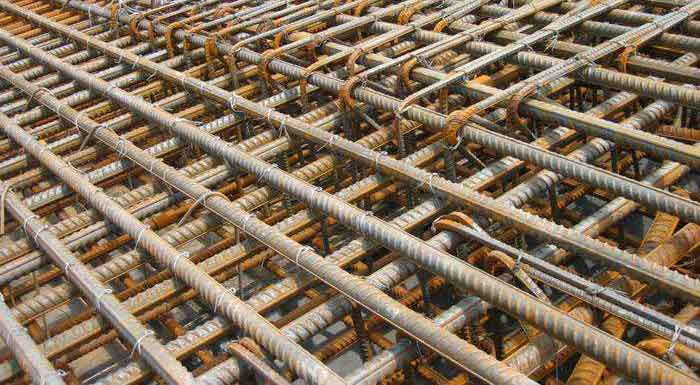
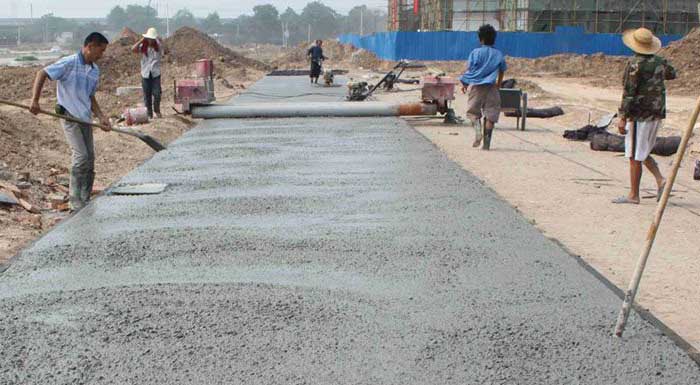 How To Classify Concrete [Classification, Manufacturing & Properties]
How To Classify Concrete [Classification, Manufacturing & Properties] Cement VS Concrete [8 Difference Between Cement and Concrete]
Cement VS Concrete [8 Difference Between Cement and Concrete] 100+ Questions about Concrete
100+ Questions about Concrete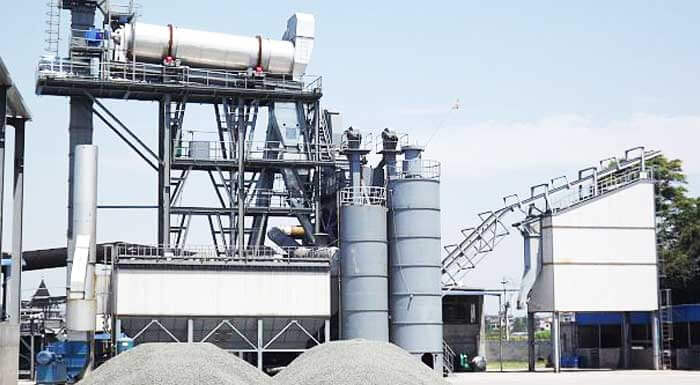 What Is Asphalt Concrete | Types & How Is It Made
What Is Asphalt Concrete | Types & How Is It Made


Thank you for talking about cement cracking and how it can be caused by a fault in the cement ratio when it was installed. My sister was very shocked to see a gigantic crack in the walls of her kitchen when she came back from her business trip, and she was worried that it might have been caused by something she forgot to do. Now that I know that this can be natural, I’ll assure her that this isn’t something she needs to worry about and look for a crack repair contractor to help put her at ease.